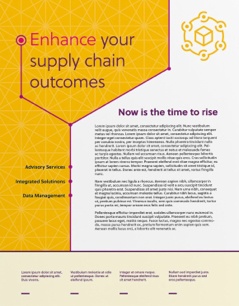“Knowing is not enough; we must apply. Wishing is not enough; we must do.” – Johann Wolfgang Von Goethe
I hear it all the time; so much so that it is quite annoying...“There is just too much going on to start using our e-Sourcing platform.” Wait...what? Isn’t that the exact reason you need to be using the sourcing technology?
Yet, repeatedly, companies declare victory as soon as the sourcing go-live milestone is hit. To me, that milestone doesn’t qualify for a ticker-tape parade. It’s more of a checkbox. This is where the rubber meets the road and time to get busy.
It takes more than being able to publish events. If there is anything I have learned over the years, it is to leave nothing to chance when it comes to sourcing. I always say that I don’t believe it has been any one technique that netted amazing results but rather a series, a playbook, or even a toolkit of things that drove the value.
With over two decades of experience challenging the status quo on sourcing and e-Sourcing, I believe it comes down to 4 pillars of techniques and strategies that will ensure success using sourcing technology.
Pillar 1: Current State Assessment
Often, clients will take their RFPs completed prior to adding technology and mimic the process. This doesn’t do much other than shift how you are collecting RFPs. Don’t use technology to collect RFPs. Use the technology the way it will benefit your organization the most.
Run a current state sourcing assessment, whether you are new to eSourcing or even if you are not. The lessons learned from the assessment will help build a strategy that will work for your organization. It will uncover inefficiencies and help you focus on what will drive the most value.
The assessment should include the following:
- Full review of the sourcing events in draft, open and closed status
- Sourcing tendencies
- Question writing techniques
- Template review
- Sourcing question libraries
- Sourcing processes
Getting a good look at your sourcing current state will ultimately help you and your organization drive value by uncovering inefficiencies, areas for improvement, and a solution for maximizing the use of your e-Sourcing tool.
Pillar 2: Sourcing Training
I know, I know...training. Yes, there must be a component of training. But this isn’t just any old training, nope; not even close. Sure, there is software training but not the old “We are sourcing a widget and we ask these 5 types of questions.” We are talking about best practice tool training using real categories, real items, and pretty much everything real with the exception of the suppliers.
The software training will include end user as well as system admin training, from the basics to the advanced with the emphasis on advanced. Too often, software providers deliver training on the basics of the basics but if you want to go to the next level, using advanced techniques will get you there.
During and after the sourcing training, guided sourcing support is what differentiates best-in-class organizations. While in training you are learning hypothetical situations but with FastTrack, three events are run WITH you, not for you. In the first event, we would take 80% of the responsibility from developing to publishing to evaluating all the way to awarding the RFP in the technology. In the second event, we split the duties 50/50. Then, by the third event, you do most of the work while we review, provide feedback, and teach best practices throughout. When the dust has settled from the three events, you have received real coaching and demonstrations on the best practices on using your technology. Oh, and not to mention achieved savings you typically weren’t expecting!
Pillar 3: Sourcing Coaching
I recall my boss asking what he felt was the biggest challenge that our customers are faced with using sourcing technology. You might think that it would be adoption and you might not be far off. However, it really is about the RFP templates. That is why I created a coaching course that specifically teaches best practices for building world-class templates while incorporating sourcing best practices too. Once built, these templates will be able to be copied and used for other events.
Here’s how it works:
The RFP Best Practice Development course consists of six sessions. In session one, the students will learn how to write best practice questions while also learning scoring and weighting techniques. The students have homework and assessments after each class plus are assigned a category to build an RFP as part of the class.
Session two covers RFP Research. It sets the groundwork for researching the category and provides time-saving techniques to help the student get comfortable with the category RFP they are building. In session three, the students will get the RFP Blueprint requirements and understand the structure and contents of a best practice RFP. Session four includes market basket methodology to help the students include the right items in their RFP. Session five is RFP Tips and Tricks that give thirteen tips not only for eSourcing but also sourcing.
The last session is a review of the entire course and class presentations. Each student is required to present their RFP template. This provides tremendous value for the students.
In addition to the incredible content and lessons learned by the students, this course delivers a live coaching call every other week. During this call, students bring real-life sourcing questions that get discussed and solutions offered as well as questions about the course and their homework.
Just imagine having users going through this course while also receiving best practice eSourcing training while running real events using technology at the same time. The value, priceless!
Pillar 4: Software Optimization
It’s hard to think you can fully utilize the software provider’s sourcing tool without a true best practice optimization. The keyword here is optimization, not implementation. Anyone can implement the software but to optimize it is entirely different. We focus is configuring your sourcing software for the optimal settings that will net your organization the most value. We explain why the settings are set the way they are and explain them in simple layman’s terms. We configure templates, libraries and even your workflow to make sure you are getting the most out of the system. During the optimization phase, we create a best-in-class template that can be utilized throughout your organization.
A combination of a current state assessment, software training, sourcing coaching and software optimization will not only help your organization survive but rather thrive during these tough times. Each of these four pillars can stand on their own, but I don’t leave anything for chance. It is the combination of all four that all but guarantee eSourcing success for your organization. Here’s to your success!






Comments